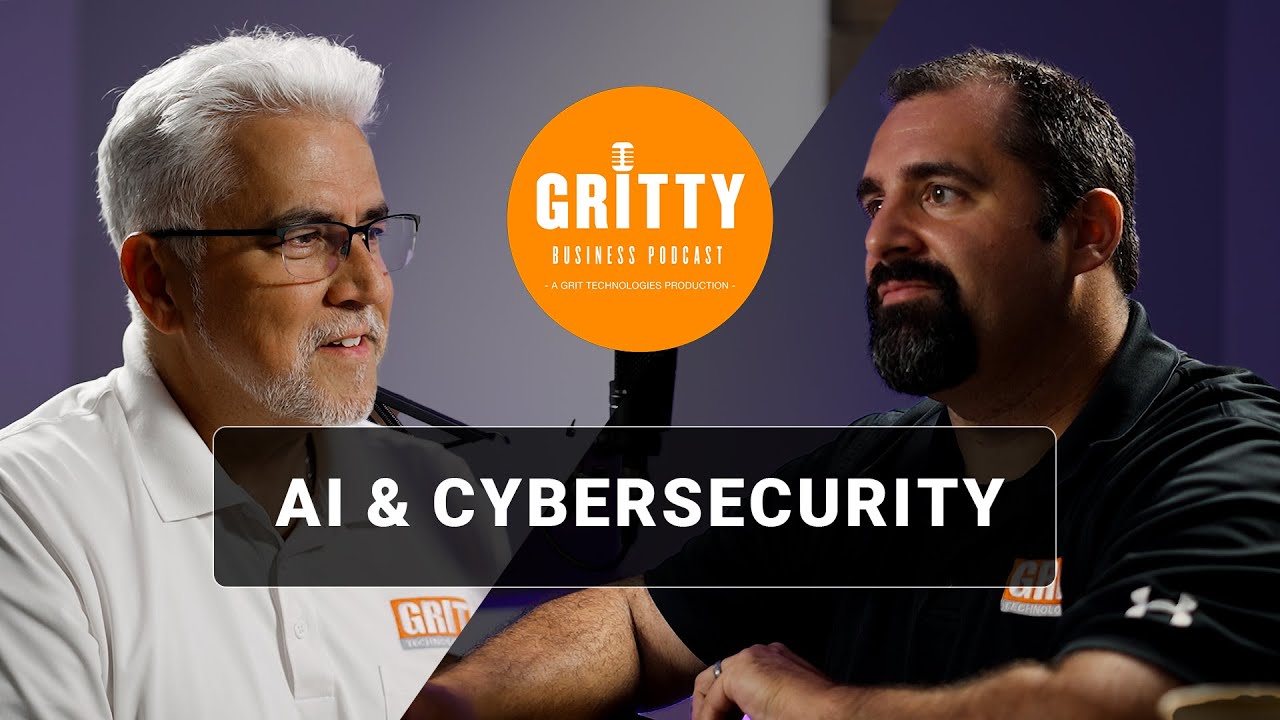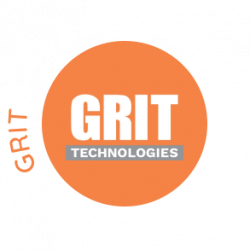Unlocking the Power of AI While Staying Secure
Artificial intelligence is no longer a buzzword, it’s a tool transforming how businesses operate, compete, and grow. Every day, we see companies using AI to create content faster, streamline operations, personalize customer experiences, and even automate decision-making. The opportunities are enormous. But with every opportunity comes a challenge, and for AI the challenge is clear: security.
That’s exactly what we tackled during our recent webinar, AI, Security and Sales: Building Smarter, Safer Business Strategies. If you missed it, don’t worry the full recording is available at the top of this blog. In the meantime, here’s an expanded look at what you’ll gain from diving into this conversation and why this matters for every business leader today.
Clarity on How AI Fits Into Your Business
AI is not just another piece of software you install, it’s more like a Lego set. With the right approach, you can build solutions that are custom-fit to your needs. Without structure, though, you might end up with a pile of mismatched pieces.
During the webinar, our panel explored how AI is already reshaping leadership, marketing, sales, operations, and finance. For example:
- Leadership teams are using AI to model future scenarios and guide decision-making.
- Sales teams are automating research and building personalized pitches in seconds.
- Marketing teams are leveraging AI for faster content creation and campaign testing.
- Operations departments are finding ways to streamline workflows with AI-powered agents.
- Finance groups are using AI for forecasting, auditing, and risk modeling.


A Realistic Look at Security Risks
The promise of AI is huge, but so are the risks. One of the fastest-growing concerns is shadow AI, which happens when employees adopt tools like ChatGPT or other platforms without IT’s knowledge or approval. At first glance, it might seem harmless—an employee just trying to be more productive. But when sensitive information gets uploaded into these systems, what you thought was private could end up exposed.
Other concerns we covered in the webinar included phishing, deepfakes, and the risk of data leakage. Attackers can now generate convincing fake emails or videos with AI. They can manipulate models to bypass safeguards. And they can trick employees into handing over valuable data without realizing it. These risks aren’t hypothetical. They’re already impacting businesses today, and they’re scaling up as AI becomes more accessible.
A Roadmap for Safe AI Adoption
It’s easy to get caught up in the excitement of AI and rush into adopting new tools. But innovation only matters if it’s sustainable and secure. That’s where frameworks like the NIST Cybersecurity Framework and the NIST AI Risk Management Framework come in. They provide a structured way to identify your technology and data assets, put protections in place, monitor for threats, and prepare incident response plans. They also remind us that security isn’t a project you complete once—it’s a cycle you repeat. Businesses that balance the excitement of AI with these structured processes will be the ones that thrive in the long run.
Practical Sales and Marketing Examples
AI isn’t just about IT infrastructure, it’s also a game changer for sales and marketing. Some of the most eye-opening parts of the webinar came from live demonstrations. We showed how sales emails can be drafted and personalized in minutes, how prospect research that once took hours can be completed instantly, and how presentations or marketing content can be created at scale. These aren’t future possibilities, they’re strategies that businesses are using right now to cut down on busywork and focus more time on customers.
Training and Culture Matter More Than Ever
Technology alone isn’t enough. To really make AI work for your business, your people need to be trained and confident using it responsibly. That means running regular security awareness sessions, simulating real-world scenarios like phishing attempts, and setting clear guidelines for how AI tools should be used. It also means leadership buy-in. When executives model good practices and encourage questions, it creates a culture where AI adoption is both innovative and safe.





